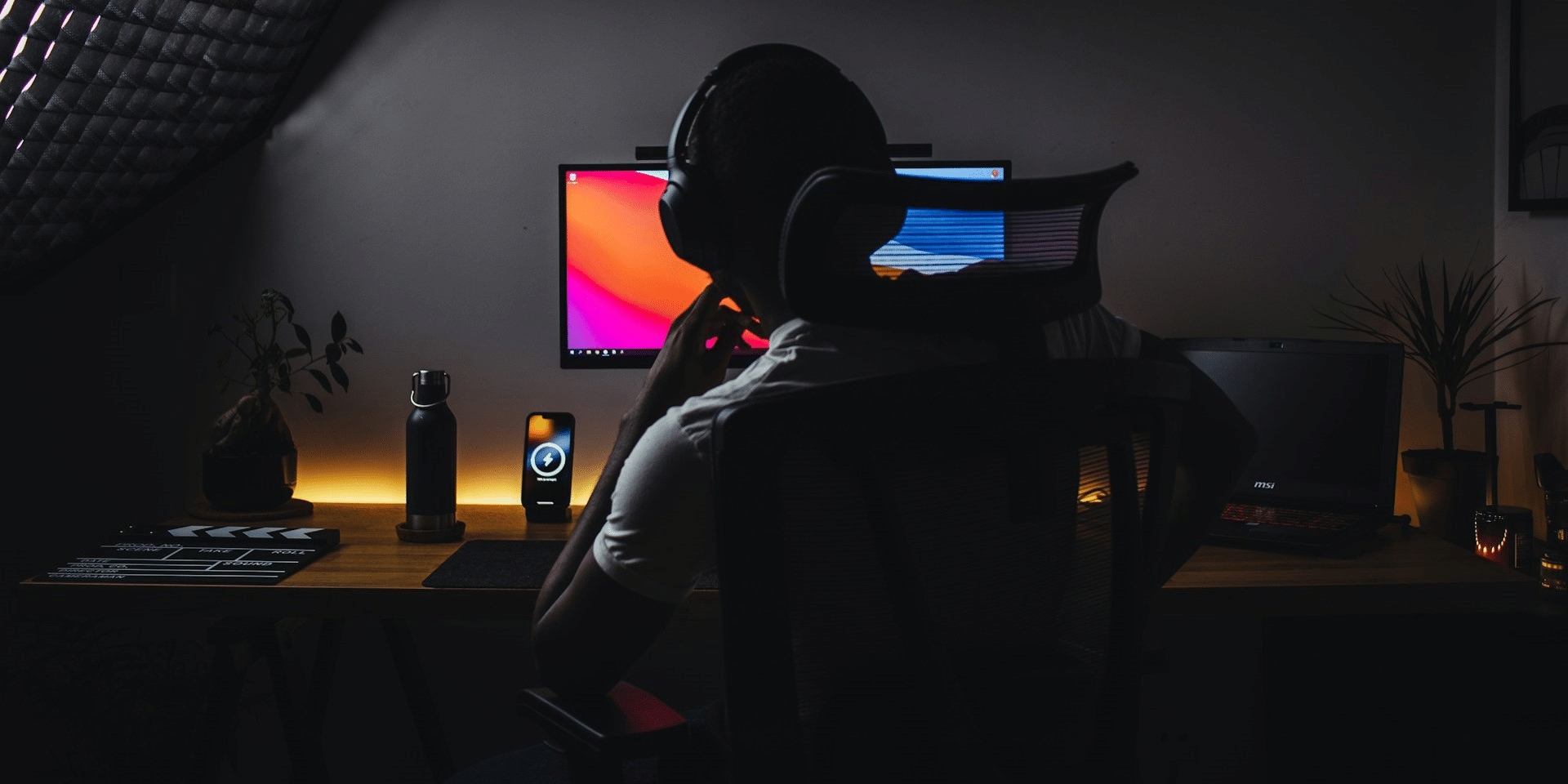In today’s world, where information spreads fast, fake news has become a big problem. People, journalists, and society face the difficult task of figuring out what’s true and what’s not. Rick Saleeby, who has experience in journalism and broadcasting, knows a lot about this. He believes in checking facts carefully and ensuring the news is true before sharing it publicly. Correct in reporting ensures that the public remains informed with the right data. This focus on accuracy becomes crucial, especially during live sports events, with high stakes.
Saleeby knows that trust is important. When he shares sports news, people believe him because he ensures his information is accurate. Trust between the person sharing the news and the audience comes from sharing accurate information. This fight against fake news is important for all journalists, not just those in sports. Journalists carry the heavy responsibility of being the public’s primary source of information. Hence, keeping the bond of trust intact through transparent and honest reporting becomes imperative.
The first step to fight misinformation is to check facts properly. News organizations need to make sure they’re sharing true information. They can use new technologies and work with fact-checking groups to help do this. Machines and computers can help find patterns and check if information is true. Therefore, organizations must invest in technology and human expertise to fortify their fact-checking processes. It is vital to continually update these processes to navigate the constantly evolving nature of fake news.
One big challenge is the large amount of information being shared constantly. There is so much news coming in it’s hard to check if everything is true before it gets shared with the public. And some fake news, like edited videos or “deep fakes,” is getting good and hard to spot. The advanced tools available today make it challenging for experts to discern between what’s real and manipulated. It emphasizes the need for innovative solutions and strategies to tackle the problem. Ensuring news outlets and the public are equipped to identify these can curtail the influence of such content.
People’s beliefs and behaviors also play a role in spreading fake news. Sometimes, people choose to believe things that fit their beliefs, even if it’s untrue. This is especially true in politics, where people might believe false information if it supports their side. Hence, it’s crucial to debunk the fake news and understand the psychology behind why people might believe it. Encouraging a culture of skepticism and independent verification among the public can be part of the solution. Ensuring that the fight against misinformation is inclusive and considers various perspectives and biases is essential.
Teaching people about media is important, too. If people know how to check if news is true, they will be less likely to believe and spread fake news. This is especially important for young people. Schools can help by teaching students to think critically about the news they see and hear. Also, creating modules that help them navigate digital platforms responsibly is also pivotal. Engaging in interactive educational programs can make the learning process about media literacy fun and informative.
Big tech companies, governments, and citizens all have a role in fighting fake news. Making rules that hold digital platforms accountable for the content they allow can help stop the spread of fake news. But it’s tricky. It’s important to control the spread of false information without limiting people’s freedom to speak and share ideas. It’s a delicate balance that requires continual dialogue and cooperation among all stakeholders. Forming fair, reasonable regulations, and in the interest of public safety and information accuracy is vital.
Saleeby shows us how to share news in a trustworthy way. His careful way of sharing sports news highlights how all news should be shared: with care and a commitment to truth. Ensuring that the news we share is accurate and engaging is crucial. His approach is worth learning from, especially for young, budding journalists stepping into the professional world. A conscious approach that involves double-checking facts and skepticism about every piece of information is safe. It is crucial to ensure information is verified from credible sources before broadcasting it, even in a fast-paced environment.
In conclusion, fighting fake news is a shared effort. We need to use technology, education, and rules to ensure true information. People like Rick Saleeby show us the importance of sharing true and trustworthy news. By working together across society, we can fight fake news and make sure that truthful information is what gets shared and believed. A collaborative, global effort is indispensable to establish a future where misinformation doesn’t mislead people. Adopting stringent measures, education, and collective responsibility are pivotal in curbing the influence of fake news on society.














